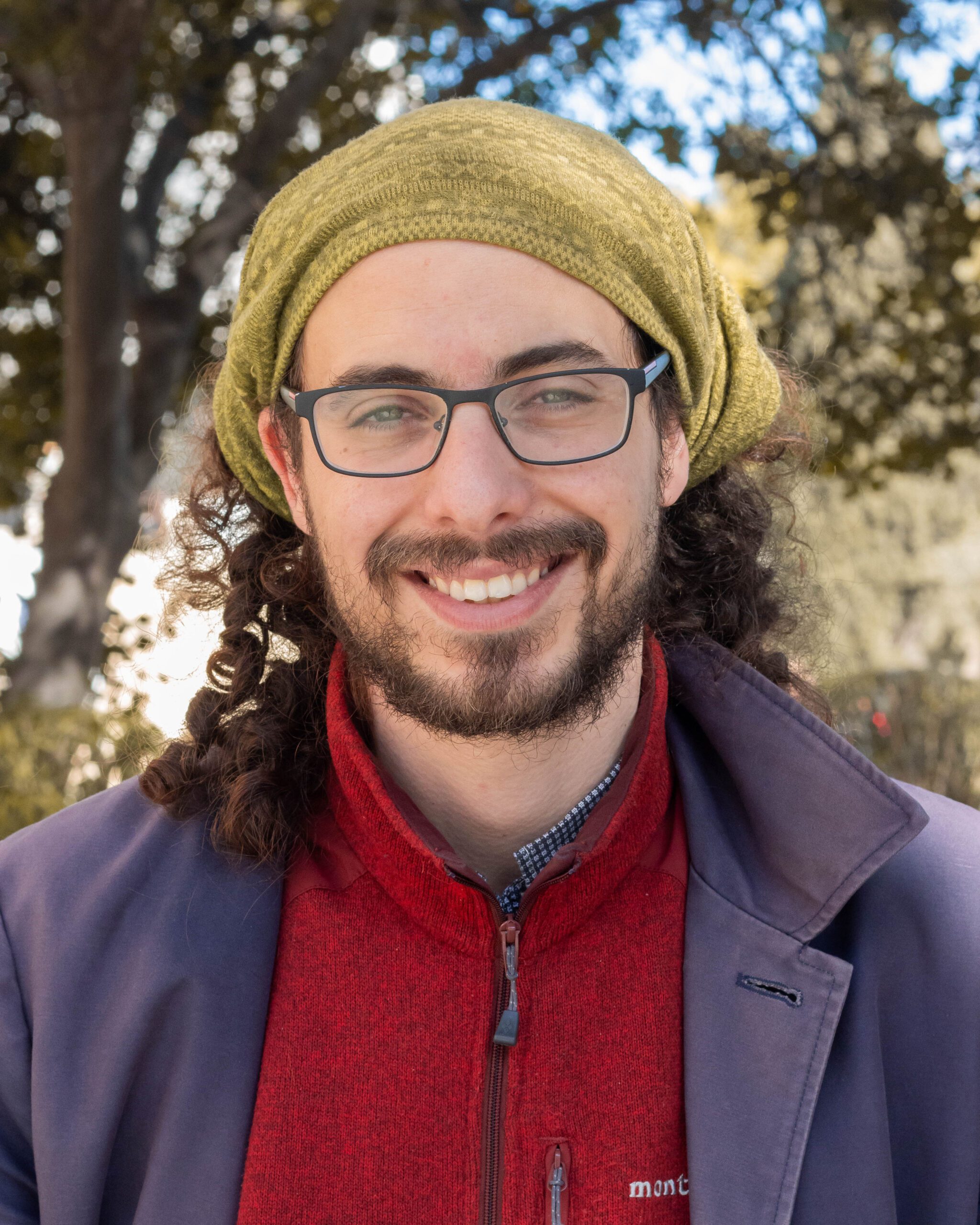The wide open road is full of unexpected surprises, especially for motorcyclists. The slightest miscalculation can result in swerving out of control or a horrible accident. But what if there was a way to improve motorcycle safety by creating a stronger connection between rider and bike? Engineers at the University of Malta may have just found a way to build your perfect bike.
Most bikers will tell you the same thing, that being on a motorbike is an exhilarating experience. Many feel euphoria as the wind blows past their face and they leave their worldly worries behind. There’s nothing separating the biker from the world outside. No windows, no windscreen — just the feeling of the world racing by. The problem is that a motorcycle’s appeal also makes accidents more dangerous, and now with more cars and motorbikes on the road, accidents have been increasing on Maltese roads. The RIDE+SAFE project (funded by the Malta Council for Science & Technology ) is trying to bring accident numbers down.
Biker alertness is one factor contributing to motorcycle accidents. Alertness is reduced by fatigue, being distracted, or simply an uncomfortable motorcycle. The RIDE+SAFE project is designing a physical motorcycle simulator which can be used to customise a motorcycle according to the biker’s preferences and physical characteristics. As a result, the biker is more focussed on the road, leading to safer driving.
The simulator itself consists of five main components. These include a Stewart Platform, a mock-up motorcycle, a virtual reality headset, simulation software, and a motion cueing algorithm.
The Stewart Platform is the simulator’s mechanical foundation. The platform’s position and orientation is controlled by six extendible, motorised legs. They manoeuvre the biker riding the mock-up motorcycle on top of the platform. The movements mimic the simulation. The mock-up motorcycle is fitted with sensors which provide data to the simulation software, such as steering angle, braking force, and throttle control. The motorcycle is tailor-made to the user’s specific needs.
The fully immersive experience is completed with a virtual reality headset. It displays 3D environments to the biker. The simulation software receives data from the sensors installed on the mock-up motorcycle and translates it into platform movements. For example, since a braking force would result in a decrease in speed, this action is communicated to a computer program controlling the Stewart Platform, so as to generate movements that provide a sensation of speed reduction to the rider’s natural senses. This is called motion cueing. Another example is when the biker hits a simulated speed bump; this will translate into a quick upwards and downwards jolt of the platform.
Using this simulator, the motorcycle can be customised in collaboration with the rider. The settings are adjusted according to rider preferences. The customisation helps the biker experience a greater emotional attachment to their bike. This attachment should mean better motorbike care, less damage, and fewer accidents.
The project has nearly managed to build all the components it needs. The next stages involve implementing the motion cueing algorithm using a suitable programming language and testing it and the hardware as a complete system. These biker engineers will soon make Maltese roads safer.
This project involves a team of researchers and experts, including: project lead Prof. Ing. Philip Farrugia (Department of Industrial & Manufacturing Engineering), Ing. Sean Agius, Adrian Vella (expert from WKD Works Ltd), and Daniel Cassar mentored by Prof. Ing. Simon G Fabri (Department of Systems & Control Engineering). For more information, visit the RIDE+SAFE website or Facebook page.
The research project RIDE+SAFE (R&I-2017-003T) is financed by the Malta Council for Science & Technology through the Technology Development Programme 2018.






Comments are closed for this article!